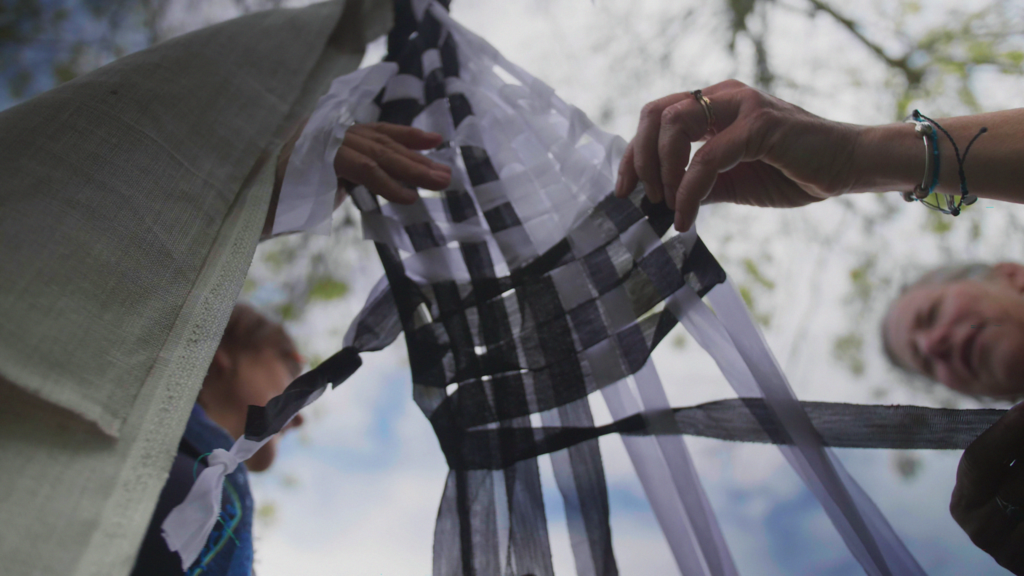Regenerative tourism offers an alternative to mainstream travel, actively enhancing the cultural and ecological health of every destination.
Whether we’re visiting them for a matter of days or we’ve lived there for generations, one of the most fascinating things about places is the relationships that humans have with them. To experience a location’s sights, sounds and smells, to meet its inhabitants — human, animal, and otherwise — and to get to know its rhythms and patterns is an intimate exchange much like getting to know another person. The imprint of this relationship over time becomes a heritage, passed down through customs that tie people to their landscapes; from folklore rooted in topography, to recipes that use ingredients native to the land. We are building this relationship day by day, generation by generation, and its result is a unique body of knowledge, tradition and perspective — in other words, a culture.
Despite all their variety and nuance, culture and place have become something of a commodity, particularly with the growth of mainstream travel. Movement around the world was once so costly it was reserved for the elite, but today it is more financially accessible than ever, and therefore much more commonplace. But what does this ability to visit more places mean in terms of our relationship with them, and with culture? What are its risks?
Here, that very delicate human relationship with place changes in nature — it becomes causal. In our highly visual, digital culture, it’s far too easy to experience the world through snapshots, knowing little of a place but its popular vistas. When we visit, we do so fleetingly, and often take what we are given. But when traveling to places that have become “destinations” — in other words, places with specific expectations tied to them — what we are given is often something manufactured for the enjoyment, pleasure, and comfort of outsiders, far from authenticity.
The Problem With Travel
The patterns that ensue when a place becomes a commodity was outlined by academic and professor of human geography Richard W. Butler in his pivotal work on the Tourism Life Cycle Model in 1980. Butler mapped the cycle of growth, overshoot, and decline that many places experience: once locations gain popularity within the travel sector, they become a “destination” and corporations and tourism providers swoop in to capitalise on this demand, often at the expense of their local communities and environments. Over time, the destination reaches or exceeds its capacity to sustain large numbers of visitors. Its local residents are priced out in favour of short-stay visitor accommodation and businesses catering to tourists, while the creation of tourism infrastructure and generation of greater quantities of waste and pollution wreak havoc on local ecosystems and biodiversity.
Beyond the direct effects of growing visitor numbers on a destination lies the issue of the way outsiders engage with a new place and what they expect from it. The tourist’s gaze is often shaped by our expectations and the narratives presented to us. What we see may not reflect the deeper realities of a place; the experiences offered to foreign visitors are often not driven by the needs of the local community, but by the global tourism market catering to our demands and comfort. Worth considering, too, is how this pattern of prioritising the comfort and indulgence of visitors — usually from privileged, wealthy countries — represents an extension of colonial attitudes.
Abdoulie Kurang, doctoral researcher investigating tourism dynamics in sub-Saharan Africa at the School of Oriental and African Studies (SOAS), University of London has illustrated this slippery slope, highlighting that “in order to compete with more luxurious destinations, countries with underdeveloped economies like The Gambia try to centre tourism around culture. Looking at this from a more critical lens: what culture are we trying to project? Even poverty becomes a culture in this sense; community deprivation becomes a kind of attraction.”
He adds, “what I have observed in the tourist-local relationship is that sometimes tourists feel they are entitled to certain privileges … The sense of entitlement can also be from how tourists expect locals to welcome them; expecting locals to behave in a certain way or assuming a moral high ground to ‘teach’ locals about their way of life.”
Locals report a feeling and reality of alienation from the places they live — their physical environments unrecognisable, the cost of living exponentially higher, their traditions broken or forced to change to cater to visitors, and therefore, the conditions for maintaining local culture increasingly absent.
The consequences of this pattern reach across the globe. The over-saturation of tourists in Venice is a well-known example, where souvenir shops and short-stay accommodation has pushed out residents and local businesses, and the emissions and water currents caused by cruise liners docking in the city’s waterways degrade its marine ecosystems. In southwest England, tourism has become central to the region of Cornwall’s economy, but this reliance comes at a cost. Rising numbers of visitors have led to harmful environmental phenomena like algal blooms, while the commercialisation of native industries has diluted Cornwall’s unique culture. In both locations and more, locals report a feeling and reality of alienation from the places they live — their physical environments unrecognisable, the cost of living exponentially higher, their traditions broken or forced to change to cater to visitors, and therefore, the conditions for maintaining local culture increasingly absent.
The expulsion of resident communities, thinning of local culture, and degradation of the natural environment don’t just sit side by side as equally negative impacts of overtourism; they are deeply connected. Cultural understandings of the landscape, passed down through generations, are vital for maintaining ecological health and adapting to environmental challenges. When these connections are broken, it’s not just traditions that are lost—it’s the foundations of long-term sustainability. As local heritage and biodiversity erode, so too does the resilience of these places to climate change.
Reframing Sustainable Travel
Sustainable travel has grown in popularity along with consumer awareness of the negative impacts of their voyages around the world. With a focus on reducing the environmental and social harm caused by tourism, sustainable travel promotes making swaps like eco-friendly accommodations instead of resorts, reusable products instead of single-use plastics, and local businesses instead of international chains.
But when it comes to our relationship with places at large, the term ‘sustainable’ might need to be called into question. What do we want to sustain? Is our goal to simply maintain business as usual? Continue Butler’s model for as long as we can, only slowing down the inevitable: overshoot and over-consumption? If we want to holistically address the negative impact of tourism across both people and the planet, we arguably need to change the way we think about travel, and about place, completely — in which case, perhaps ‘sustainable’ is not the word we need. Reinstating respectful and enriching relationships with the places we visit requires a total reframe.
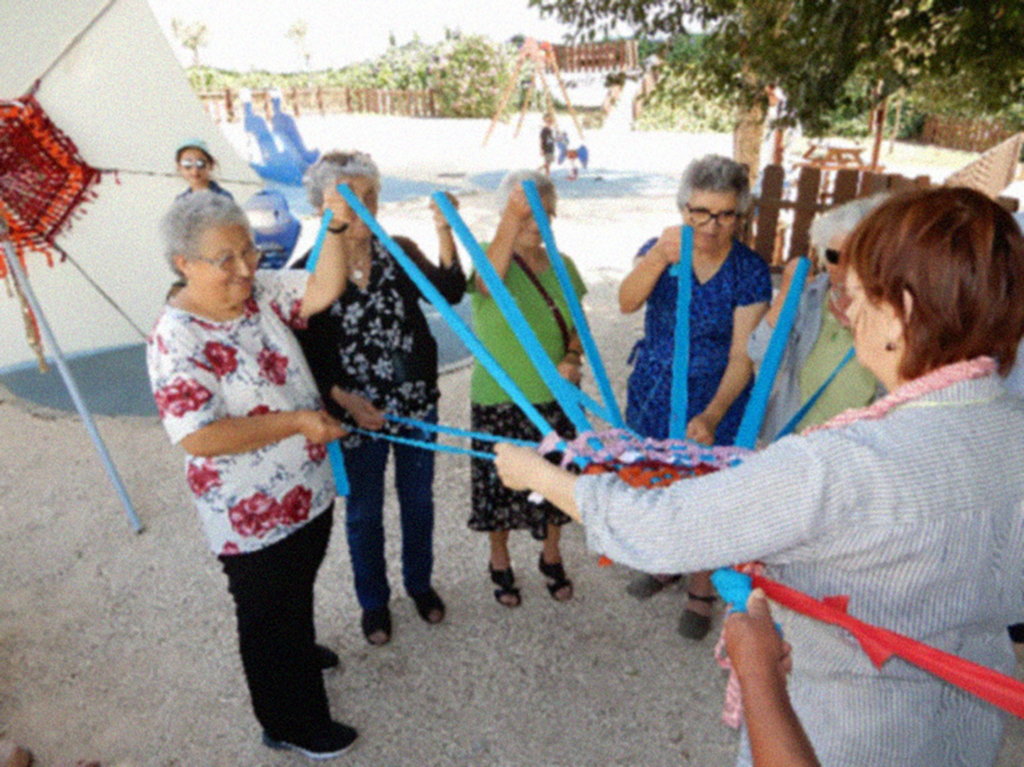
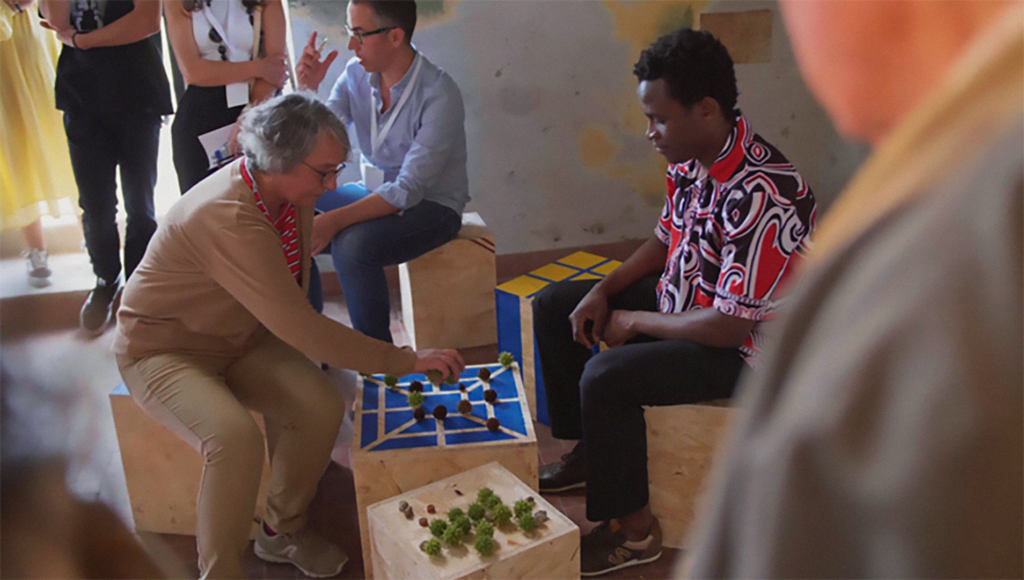
Enter regenerative tourism, a new approach to travel which offers an alternative to the harmful practices of mainstream tourism. It goes beyond sustainability, seeking to actively restore and enhance the cultural and ecological health of a destination. This model encourages a shift from tourism as an extractive industry to one that fosters reciprocal relationships between travellers and the places they visit. The concept is rooted in supporting locally oriented environmental and cultural resources, fostering circular economic dynamics that benefit communities over the long term. Unlike traditional tourism, which often prioritises profit over preservation, regenerative tourism aims to create opportunities for meaningful exchanges between hosts and guests. Importantly, regenerative tourism initiatives are often decentralised and bottom-up. They are tailored to the specific needs and dynamics of local communities, who are the key stakeholders at the heart of visitor-focused offerings for unique, authentic experiences.
“Culture-based creative tourism is garnering increasing support and enthusiasm as a pathway to regenerative development and destination resilience, two essential components of sustainable tourism and development.”
These can look like tours, routes and programmes to bring travellers to select places in a community’s local area, whereby visitors can witness or participate in the maintenance of authentic cultural or agricultural practices. The CREATOUR Project in Portugal represents one case study. It invited small municipalities and businesses in lesser-visited regions to develop regenerative tourism offerings based on local arts, crafts, agriculture, cultural practice & preservation, landscape, and ecological restoration, which were linked in a multi-destination network .
Nancy Duxbury, the project’s Principal Investigator, shared that “since the project, we observe that culture-based creative tourism is garnering increasing support and enthusiasm as a pathway to regenerative development and destination resilience, two essential components of sustainable tourism and development.”
Other ways of accessing regenerative experiences include volunteering on permaculture projects in exchange for accommodation through apps like Workaway, or opting for rural stays on farms available for agri-tourism, where visitors can learn about and enjoy the fruits of local, sustainable, traditional agriculture.
Through this approach, communities can claim a greater sense of agency over the boundaries around what is available to outsiders and what is kept local; they can express their culture and heritage in their own words, and benefit first from the profits of sharing it. CREATOUR project participant Doris Difarnecio Mejia expressed, “this type of tourism is about bringing you in and creating community. This is about who I am, this is what I am, this is how I engage in life, in the world through an art form, through a place, through how I believe and see the world, and I am moved. I am moved deeply!”
The offering usually ends up being much more niche than mainstream travel packages designed to cater to everyone; as a result, numbers are kept smaller, and the visitors attracted to these regenerative offerings are guests who will bring interest and enthusiasm for the specific offerings that a place and its people have to share. The result is a manageable tourism industry that does not stress but actively rehabilitates both local ecologies and local culture, and a much more gratifying experience for visitors and hosts – a relationship between people, place and planet once again.
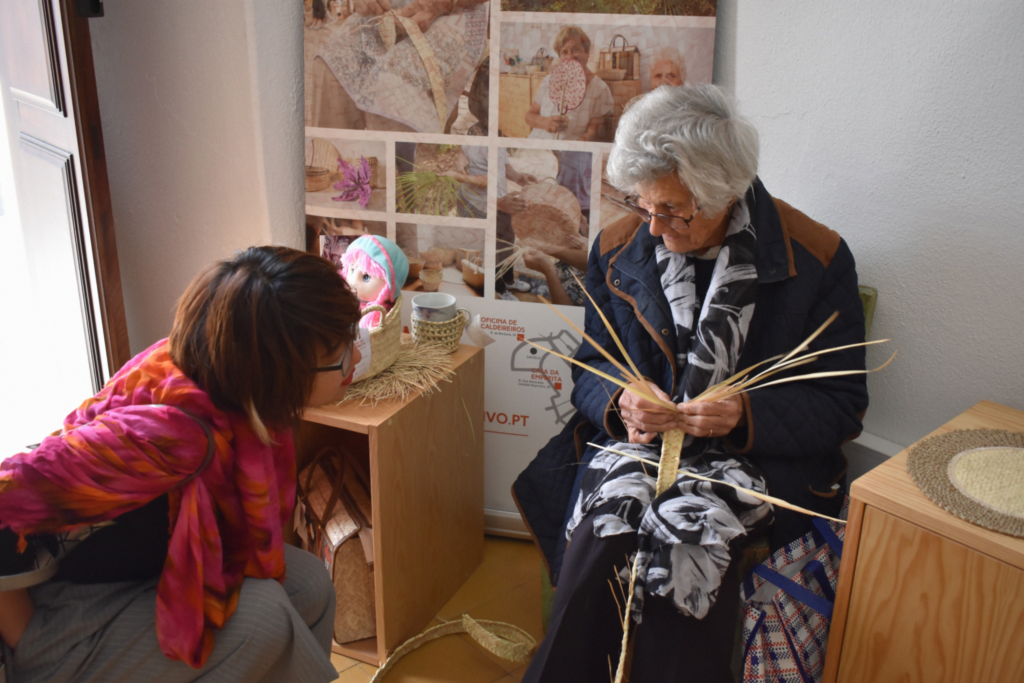
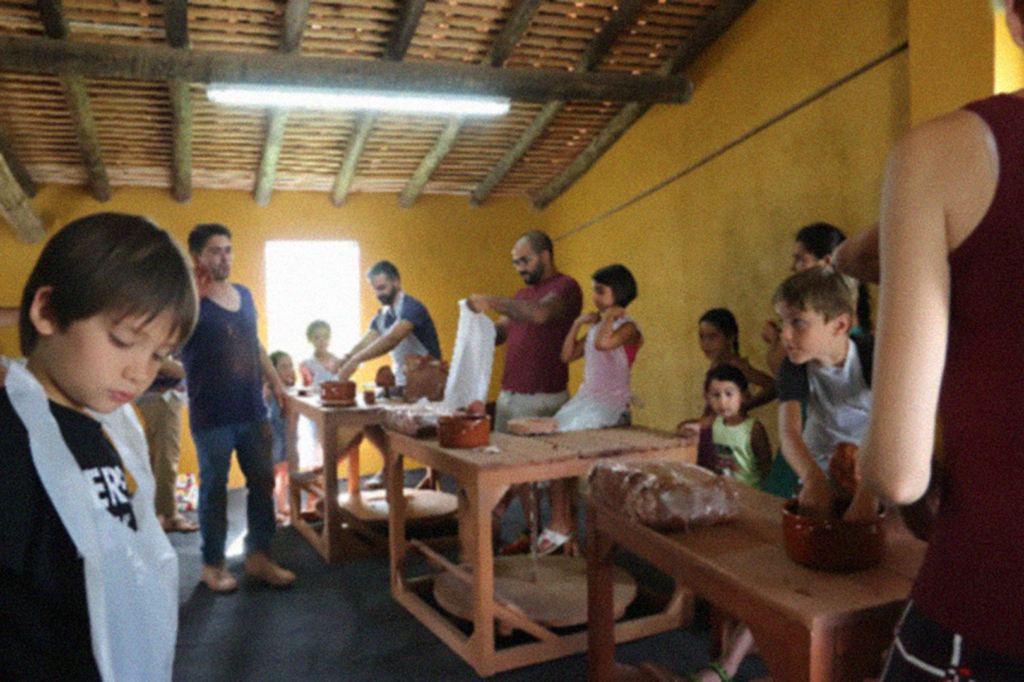

A Better Way to See the World
Regenerative travel is exciting because it does what any good relationship should do: it challenges us. Through this approach, we are invited to move beyond a mindset of what will make us comfortable when we travel, and embrace hyper-local ways of doing and being. The climate crisis demands that as a society, we rethink the impact and approach we take to our presence on this planet; the way we travel is a micro-context for us as individuals to reconsider our movement through the world, and how we can make choices that ensure we add value to the places we visit.
This kind of fundamental shift is not easy. To move closer to regeneration and the preservation of authenticity, we need to ask critical questions about the experiences we’re offered: who is benefitting, what is true, who we are supporting by engaging with it, and what alternatives might exist that place respect for the places, people, environments and cultures we visit above the comforts we might expect at home.
Grappling with these bigger questions as we reflect on how we move through the world requires a spirit of humility. We must acknowledge that our understanding of a place will always be incomplete, but by embracing this uncertainty, we open ourselves to learning from the people and landscapes we encounter.
Regenerative travel offers a hopeful future for human relationships with place because of their ability to fill that space of openness with the kind of respect, understanding, and appreciation that is earned through first-hand experience; the kind we gain when we recognise we are always in relationship with place, with people, with planet, and that ensuring that relationship is a mutually enriching one is both a responsibility and a pleasure.
